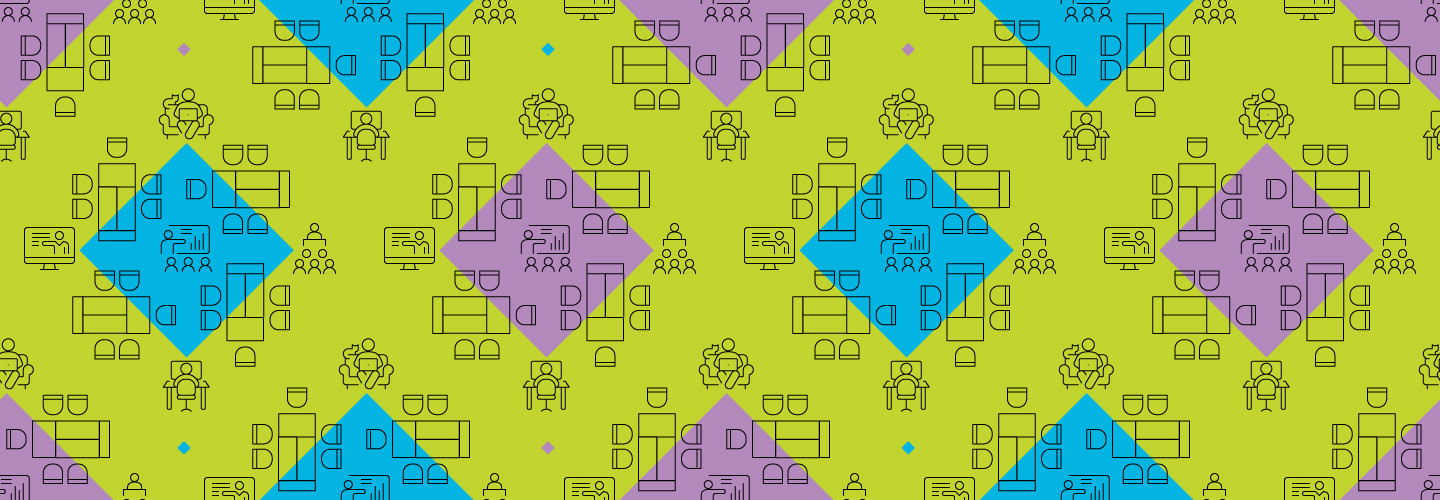HyFlex emphasizes flexibility. Students can choose how they’ll participate in the course on a session-by-session basis, engaging with the course material via whatever format works best for them at any given time. For instance, students can generally participate in the same class session in three different ways: synchronously in-person, synchronously online or asynchronously online. In other words, three students could each engage with a course in three different ways.
This flexibility allows for a level of student engagement that isn’t always possible in hybrid and traditional classroom models. Discussing HyFlex at the 2021 EDUCAUSE Annual Conference, Leah Kraus, CIO at North Carolina Central University, commented on this fact: “Students who may not think quickly on their feet and prefer to write something in a chat where they can read it and edit it before they push it out to the rest of the class have that option, versus trying to speak on the spot.”
RELATED: Combining synchronous and asynchronous instruction in higher ed.
HyFlex Teaching Requires Certain Equipment to Succeed
HyFlex and hybrid models also differ when it comes to the technological equipment required for a successful outcome — especially in the physical classroom. Unlike hybrid courses, HyFlex classroom sessions must accommodate in-person students and those attending virtually at the same time, as well as those who will be engaging with a recording of the session at a later time.
With this in mind, Dartmouth College has outfitted classrooms for HyFlex learning, investing in video and audio systems to make class sessions a seamless experience for everyone, no matter where or when they’re participating. Remote students’ video images are projected for in-person students on one screen while an instructor’s slides are on another. Automated camera systems capture both the instructor and the students who are speaking in the physical classroom, and microphones placed throughout the classroom capture words spoken at a normal volume.
FIND OUT: How small IT departments can manage HyFlex classrooms at scale.
Cameras and microphones are among the key technologies necessary for both HyFlex and hybrid learning success. Specific items like pan-tilt-zoom cameras, lapel mics and hybrid audiovisual mics can be used to reimagine HyFlex classrooms and lecture halls in higher ed. However, the equipment won’t matter if it’s not managed properly. This doesn’t necessarily mean having someone who operates all the technology of a HyFlex class session in real time; sometimes it means providing technological training for instructors and other university staff.
HyFlex equipment and the resources required to properly manage this technology can carry a hefty price tag. However, as Kraus notes, providing flexibility in classrooms — both virtual and physical — is necessary to maximize student success.










